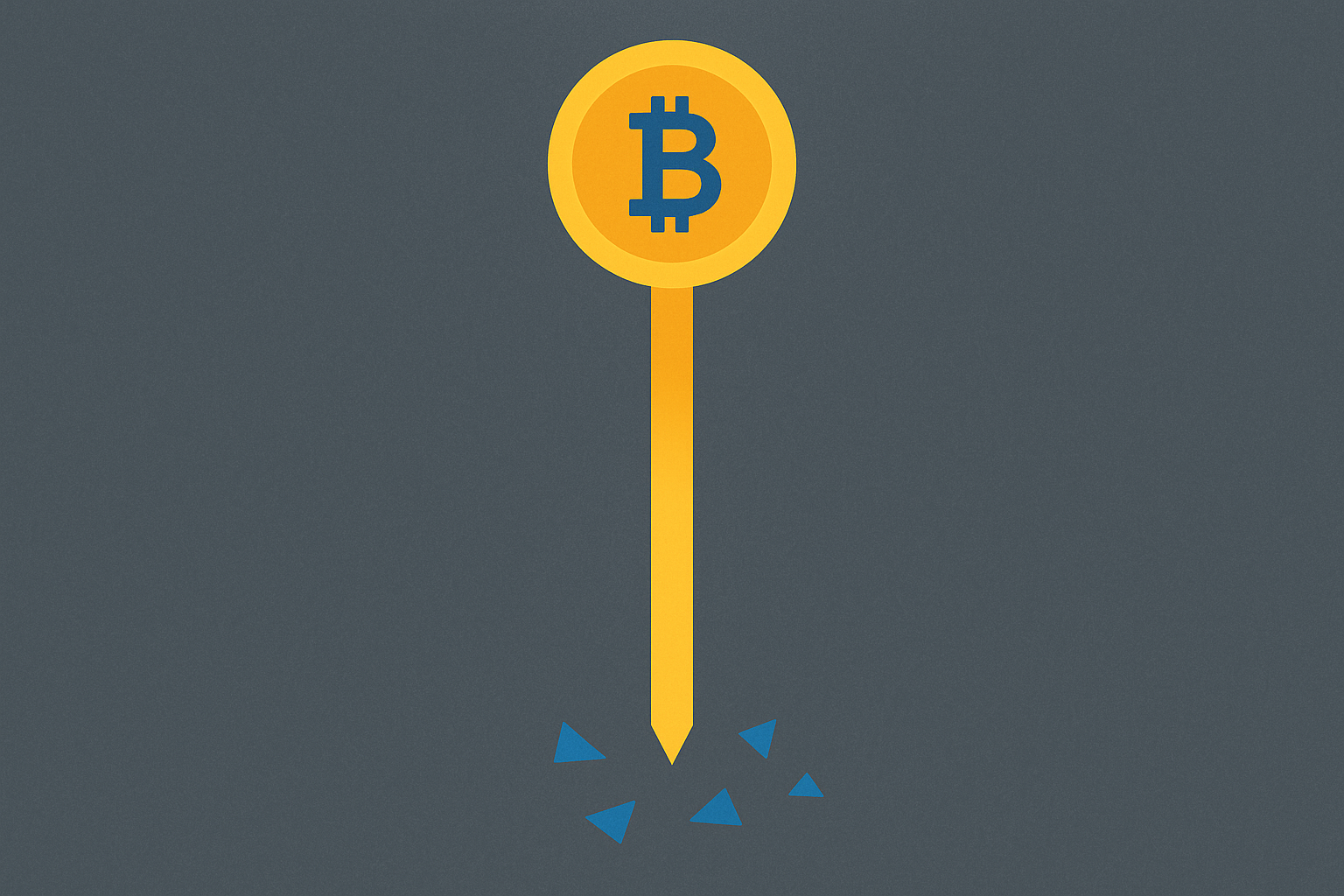knife fall

Knife Fall is a common price decline pattern in the cryptocurrency market, characterized by a sharp and sudden drop in asset prices within an extremely short period, resembling a knife dropping straight down. This price behavior typically occurs alongside high trading volumes and market panic, potentially triggered by negative news, large sell-offs, forced liquidations, or sudden liquidity droughts. In technical analysis, a knife fall is considered an important market signal that often indicates the possibility of a rebound or further decline in the short term. For traders, recognizing this pattern helps formulate risk management strategies and identify potential trading opportunities.
Key Features of Knife Fall
-
Speed and Magnitude: Compared to traditional markets, cryptocurrency knife falls are often more severe, potentially dropping 10%-30% or more within minutes.
-
Volume Explosion: The plunge is usually accompanied by a sudden surge in trading volume, reflecting panic selling among market participants.
-
Technical Indicator Anomalies: During a knife fall, technical indicators such as the Relative Strength Index (RSI) may rapidly enter oversold territory.
-
Cascade Effect: Once major support levels are breached, stop-loss orders may be triggered en masse, further accelerating the decline.
-
Increased Volatility: During a knife fall, market volatility spikes dramatically, and market makers may reduce liquidity, causing increased price slippage.
-
Rebound Potential: After an extreme knife fall, prices may exhibit V-shaped reversals or dead cat bounce patterns, offering opportunities for short-term traders.
Market Impact of Knife Fall
Knife falls have widespread and profound effects on the cryptocurrency market:
In the short term, a knife fall can cause rapid liquidity drainage, leading to thin order books on exchanges and amplifying price volatility. Many leveraged traders may face forced liquidations, creating a chain reaction. Market sentiment typically shifts rapidly toward extreme fear, which can be observed through significant changes in the Crypto Fear and Greed Index.
In the medium term, knife falls can alter market structure, breaking established trends and forming new support and resistance levels. Institutional investors often reassess their risk exposure and investment strategies following such events.
Regarding long-term impacts, frequent knife falls can affect market participants' confidence in specific crypto assets, potentially leading to project valuation resets and industry consolidation. However, they also provide a price discovery mechanism for the market, helping capital flow from overly speculative projects toward assets with solid fundamentals.
Risks and Challenges of Knife Fall
Market participants need to be alert to various risks when facing knife falls:
-
Liquidity Traps: Under extreme market conditions, even mainstream cryptocurrencies may experience liquidity droughts, making it impossible to exit positions at expected prices.
-
Leverage Risks: Traders using high leverage may face forced liquidations during knife falls, losing their entire margin.
-
Psychological Challenges: Panic emotions can lead to irrational decisions, such as panic selling at the lowest point.
-
Technical Failures: During volume surges, exchanges may experience system overloads, delays, or crashes, preventing users from executing trading strategies.
-
Market Manipulation Risk: During severe market volatility, large holders ("whales") may exploit panic sentiment for price manipulation.
-
Contagion Effect: A knife fall in one market may trigger chain reactions in other related markets, increasing systemic risk.
For investors, establishing a robust risk management system, setting reasonable stop-loss levels, and avoiding excessive leverage are the most effective defensive strategies against knife falls.
As a common phenomenon in the crypto market, knife falls present both challenges and opportunities. They remind us of the high volatility and risks in the crypto market while offering potential arbitrage opportunities for traders with sufficient risk tolerance and psychological preparation. Understanding the characteristics, causes, and impacts of knife falls helps market participants develop more robust trading strategies and maintain calm judgment during market fluctuations. As the crypto market gradually matures and institutional participation increases, the frequency of knife falls may decrease, but their essential role as a market adjustment mechanism will remain.
Share
Related Articles

Exploring 8 Major DEX Aggregators: Engines Driving Efficiency and Liquidity in the Crypto Market

What Is Copy Trading And How To Use It?
